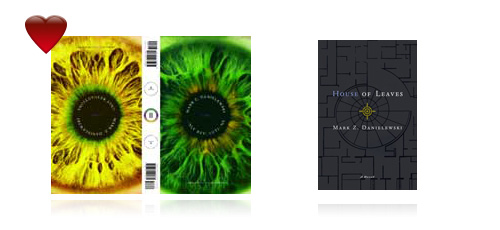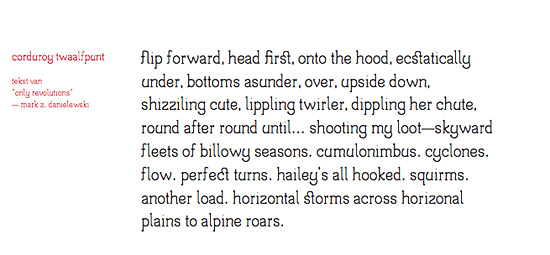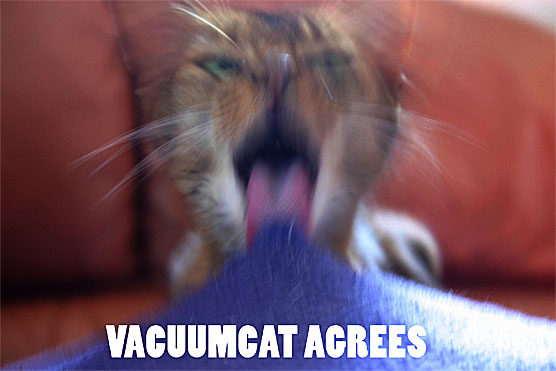Why 102? I don’t know, when I hit 100, I really had something to tell. And 102 is a nice number too, not too overused like the overrated 100. Wikipedia states: “The sum of Euler’s totient function φ(x) over the first eighteen integers is 102.” That’s great.
No, really, I just wanted to commemorate what this blog (and more specifically, the people reading and visiting) has done for me. It’s incredible. Before I started the Cocoia Blog, I was not really into blogs – in fact, the term gave me shivers. It sounded like an over-hyped term of people spewing completely irrelevant stuff on free accounts offered by many platforms boasting Google ads.
And although there is a truth in that, since I picked up blogging because I thought I had something to put my thoughts in for a select group of visitors. Alienbinary’s journal (something now long since offline) was a place where I read the thoughts of someone, just an American guy in young years, over a few years. It was a pretty well-kept journal, and he was very elaborate and well-articulated in expressing himself. His writing about a first-generation iPod made me save up cash and buy a third-gen; I didn’t have too much to do with Macs then. His writing really influenced my life and made me reconsider, for years, how important words can be on the internet. Finding a site through some long sessions at night, and feel like you really have a connection with the writing is fantastic.
And thus, I started the blog after a while. I expected minorities of like-minded people reading, and no input at all. My thirteenth post changed a lot. After being a passive digg user, I submitted my first how-to, and it got nearly a thousand diggs. I got featured on podcasts, the news was spread through a variety of sites, and people were generally amazed at the notion that Macs were secure, but the defaults weren’t inpenetrable. I’m not saying insecure; they simply weren’t limiting avenues for attack. The second large uproar came when I announced two applications of my making. I got featured on Ars Technica, another slew of podcasts, and after a short while, the third large wave of publicity hit. I reviewed security in Leopard, and apart from several legal emails, my digg account got blocked, the story pulled off the frontpage (and later restored).
Since these major ‘publications’, the Cocoia Blog has become a very well-visited website. I pull off an average of 9500 visitors per day. I get a lot of e-mail, I got a product launched that got me even more traffic, and comment spam is taking astronomical proportions. Large companies and institutions flatter me with visits, inquiries, and sometimes even phone calls on my home number. What am I getting at?
This blog changed my life.
I never, ever could have conceived when I started this that I would come out a whole different person. I don’t feel limited in my posting, I don’t feel a sudden urge to put ads on my blog, not in that way. I feel changed and enriched by the experiences that it has brought me. And that could only be attained by my readers. Thank you. I hope I can make you stay with me for another 102 posts.











